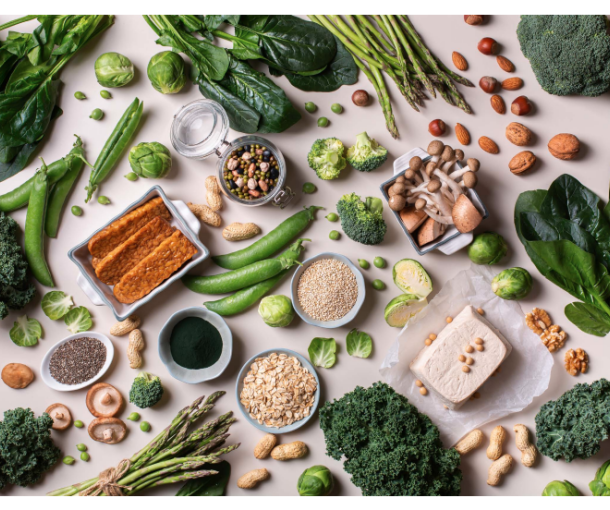New proteins NZ could be best at growing

FoodHQ’s report, Unleashing Aotearoa NZ’s Next Protein Revolution, focuses on NZ’s chances of success in producing 10 of these novel proteins.
The four that rank highest are hemp, leafy greens, seaweed and fungi.
FoodHQ chief executive Dr Victoria Hatton said the report builds on two other pieces of work that identified the options and highlighted the need to understand where our strengths could align with the sector.
“The intention of the report was to really help us understand how we can best go about contributing to the emerging protein supply market based on what our ‘uniqueness’ is and that hasn’t been looked at before,” Hatton said.
“How can we take advantage of some of the capabilities NZ has, things that we are good at, and what does our infrastructure looks like?”
NZ lacks the resources and investment that other nations have, so it is vital we make smart decisions that can build upon our strengths as a food producer, she said.
The types of protein covered in the report were ranked against four metrics: competition, natural resources, know-how and regulation.
Precision fermentation, for example, would be challenging because NZ’s rules on genetic modification would need to change to allow production.
Similarly, cultured meat is made using processes NZ is good at, but its main ingredient is sugar, which would have to be imported from overseas.
Hatton said new products require a lot of investment so government funds will be needed to get started.
“The whole concept of an emerging sector is that it is emerging, so we have very few industry leaders and they are really struggling financially because they are trying to make products in a market which is really hard – they’re still at the research and development stage for some of them,” she said.
Another major obstacle Hatton identifies is the attitude many in the food and fibre sector have to emerging proteins.
“We’re already seven to 10 years behind in some of these protein classes because we’ve had this defensive view of our more traditional protein products.
“It’s prevented us from having the open discussion around the possibilities for diversification. I think we can have it all. If you think about the future of food production in NZ, and you think about landscape resilience, we can’t expect to just be doing dairy and red meat on farm in 15 years’ time because the climate is changing and consumer preferences are changing.
“So we have to think about an ‘and’. Can we have dairy with hemp growing as a rotational crop? Could we have dairy and an indoor shed that’s a vertical growing system for leafy greens?
“If we really invest in the development of these emerging proteins as products then we start to imagine what an alternative to a single system might look like.”
Read More on Farmers Weekly


